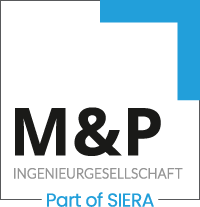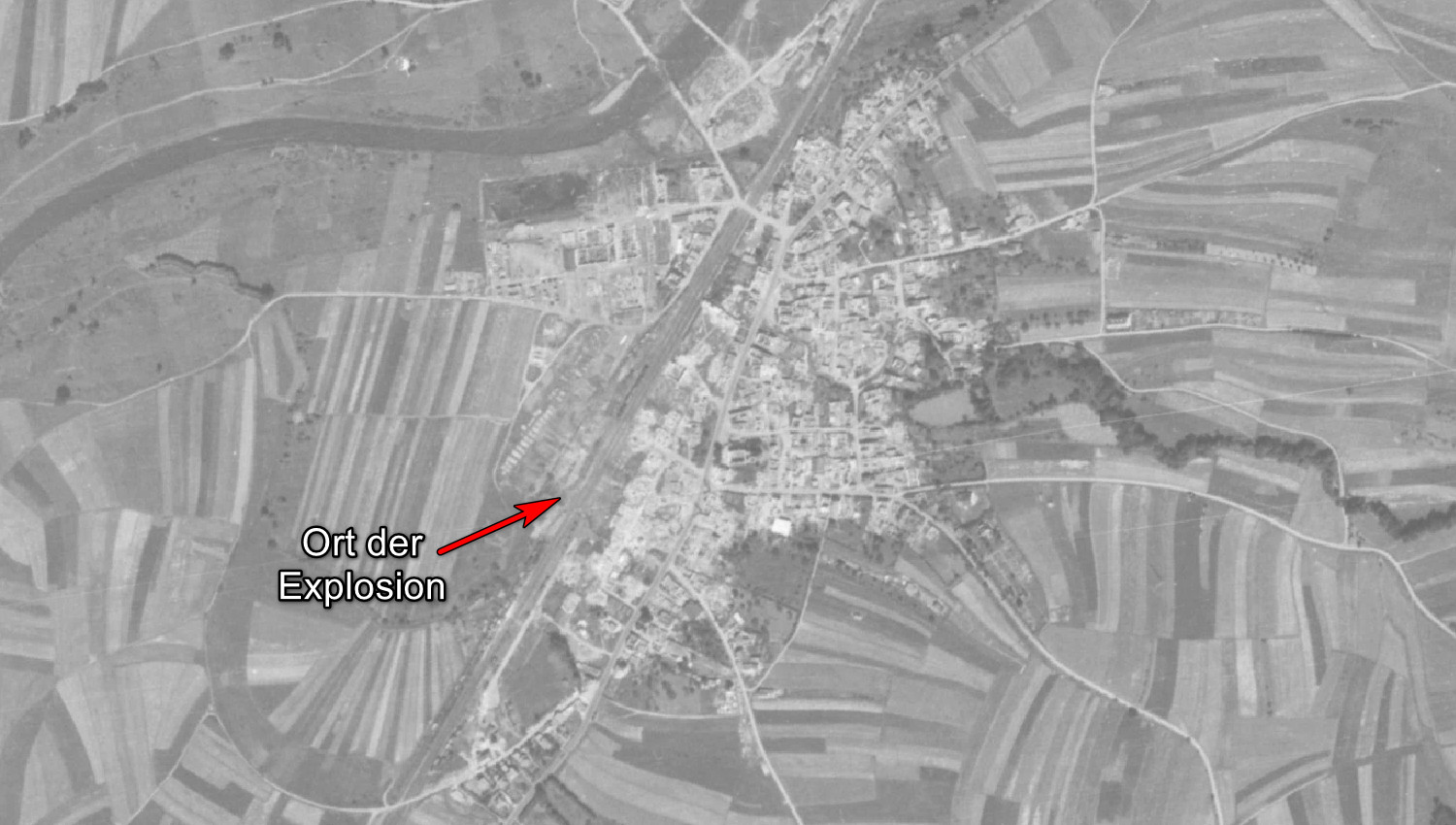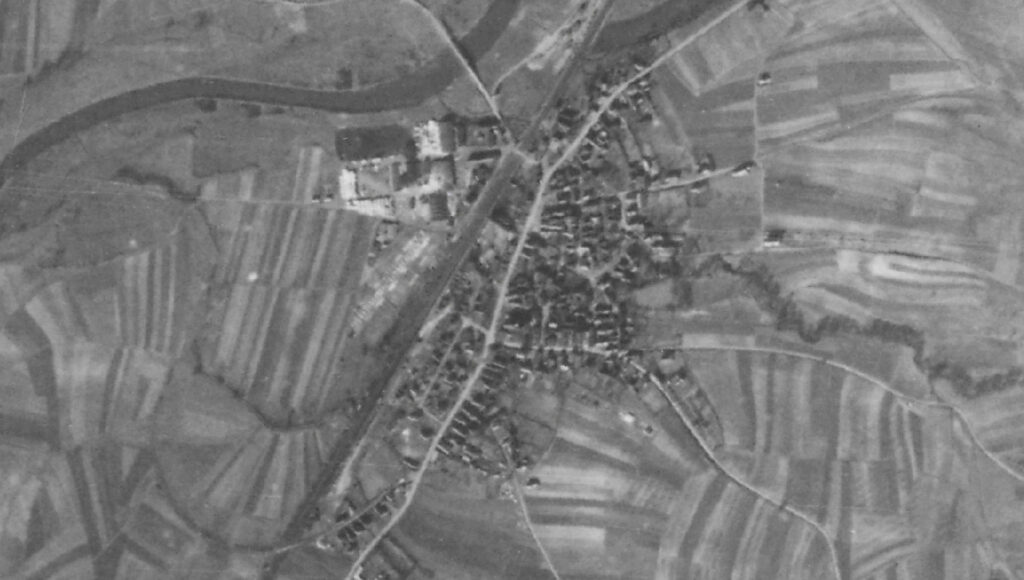The media repeatedly report on the Allied air raids on major German cities during the Second World War, such as the bombing of Berlin or the firestorms in Dresden and Hamburg with the resulting destruction and the resulting ordnance contamination of German conurbations.
Less well known, however, are the fates of many smaller towns and villages that were hit and badly affected by tactical air raids, especially in the final phase of the war.
One of these places is the Bavarian market town of Zapfendorf. First mentioned in a document in 904, Zapfendorf developed into a town with more than 1,000 inhabitants and was connected to the Bamberg-Hof railway line as early as 1846. After the railway connection ensured the economic rise of the market town for almost 100 years, it became a disaster for the citizens in April 1945.
Until then, Zapfendorf had been spared any direct effects of the war. However, an aerial photo analysis with historical research by Mull und Partner Ingenieurgesellschaft revealed that a train loaded with explosive material (presumably ammunition) stopped at the station on 1 April 1945. This was discovered by American P-47 fighters and attacked with explosive and fragmentation bombs, causing the load to catch fire and causing two explosions. The first damaged most of the buildings in the town, including many roofs. However, the second detonation was even more violent, throwing railway tracks and wagons into the town and its surroundings. The blast wave and resulting fire levelled almost the entire town to the ground.
Such events continue to have an impact to this day. When trains loaded with ammunition explode, not all of the loaded ammunition is transferred, but only a fraction of it. The remainder is dispersed by the explosion over a wide radius of up to several kilometres and still leads to a possible contamination of the soil with explosive ordnance, so that in the vicinity of former ammunition explosions, the subsoil must be examined for the presence of explosive ordnance in advance of ground interventions and cleared if necessary. In such a case, Mull und Partner Ingenieurgesellschaft can draw up a clearance concept for dealing with the explosive ordnance contamination prior to any ground intervention.



